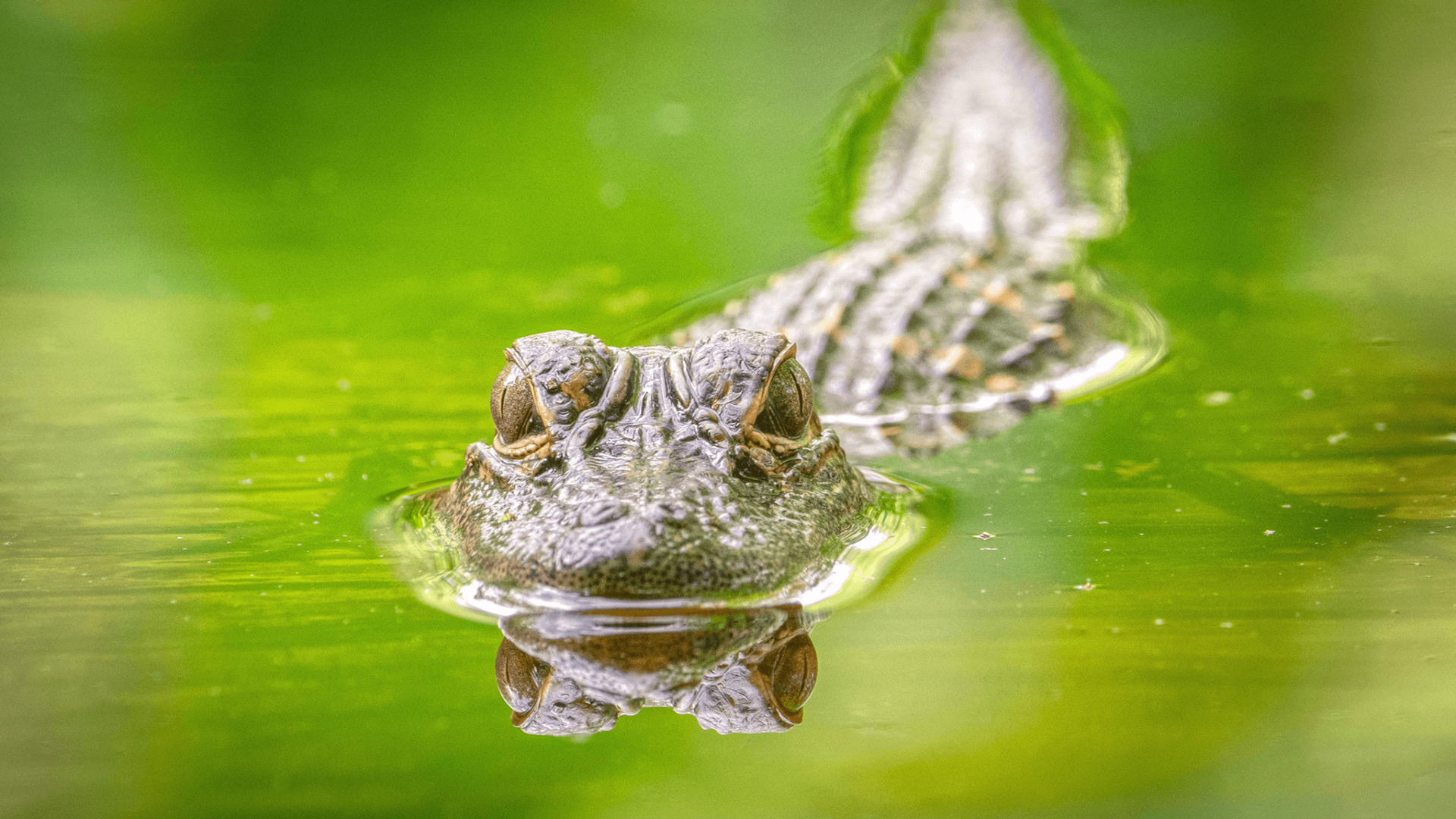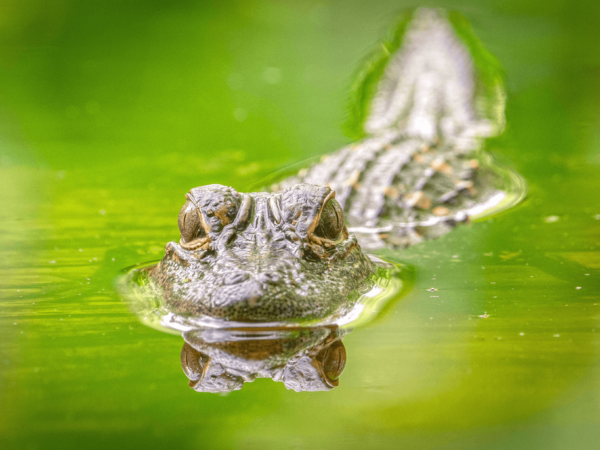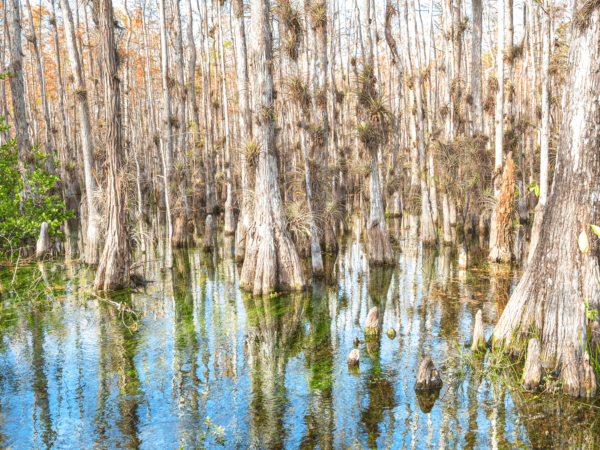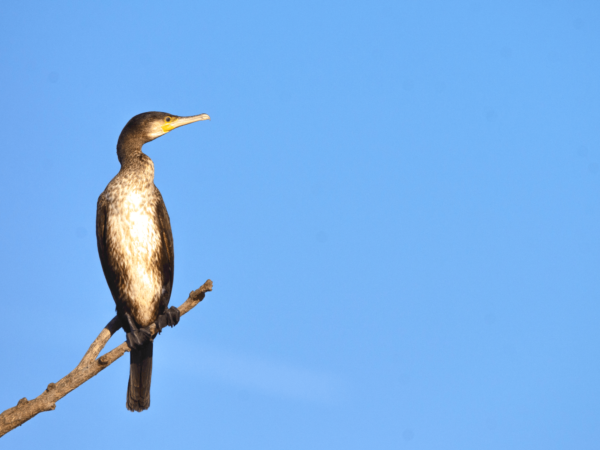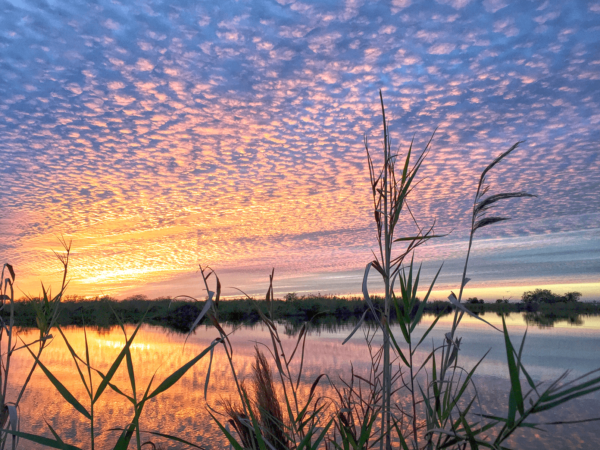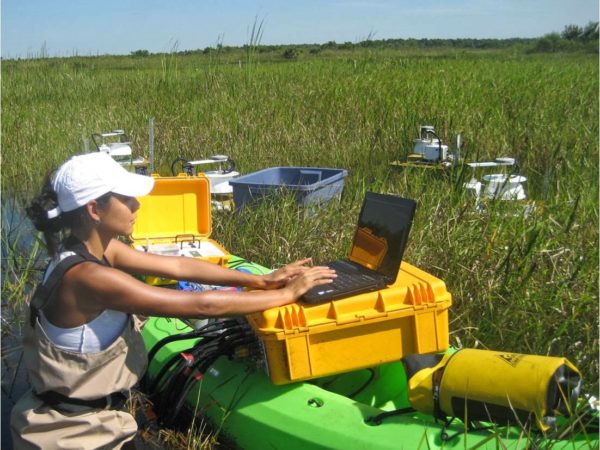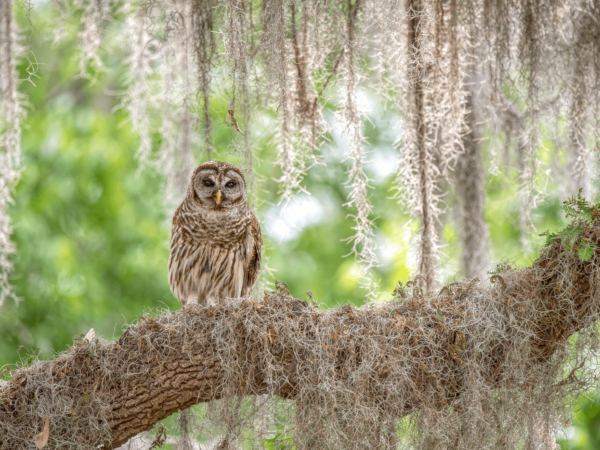Plants, or any living organisms that occur naturally in an ecosystem are considered, “native.” Ones that are not found naturally are called exotic. A plant can be exotic and not cause damage; such as many of the crops we eat and some of the ornamental plants we use to landscape our homes. However, once those plants take over a habitat and harm the native plants and animals that live there; they are considered exotic AND invasive. Invasive plants cause both economic and environmental problems that are difficult to remedy. Once the plants have established themselves they are very hard to eradicate.
One of the main management efforts of the Refuge staff concerns the control of invasive exotic plants growing in the Refuge. A major problem throughout South Florida, the impact of these plants threatens the very health of the natural ecosystems. The climate and conditions of South Florida provide the perfect environment for invasive pest plants to establish themselves here and thrive.
Invasive exotic plants, such as Brazilian pepper, Melaleuca, Old World climbing fern, and Australian pine pose a serious threat to the wildlife communities on the Refuge. Floating exotic plants, such as water lettuce and water hyacinth, threaten to clog refuge canals restricting navigation, water flow and water drainage. These alien plants, lacking natural predators and insects to keep them in check, rapidly expand forming dense, monotypic forests and thickets. This type of habitat does not support a large diversity of wildlife. Native plants such as willow and cattails can also become problematic. If the environment where the plants are found becomes too nutrient rich, meaning too many chemicals and fertilizers have entered the system, then they can also grow too fast, disrupting the balance in the habitat.
Many invasive, exotic plants were intentionally introduced to our area for a variety of reasons. Melalueca was imported from Australia in an attempt to drain the Everglades. Hydrilla imported from Asia, was intentionally planted in our canals and rivers to sell in the aquarium trade. These non-native plants grew so quickly that the native plants could no longer survive. Land managers use an integrated approach to treat these invasive, non-native species. Ground herbicides are the first line of treatment. Fire and aerial spraying can be important tools in the exotic vegetation control program. Finally, biologic controls, either insects or plant diseases are being utilized. On our Refuge, the Brown Lygodium moth populations used to attack the Old World climbing fern (or Lygodium) have become established. A number of insect controls are used with Melalueca. These insects can prevent target plants from producing seeds; thereby stopping the ability of these plants to reproduce and spread. Using many of these methods together, the Refuge has found success in eradicating Brazilian Pepper and Australian Pine in the interior and Melaleuca is well on its way.
There are many variations of passages of Lorem Ipsum available, but the majority have suffered alteration in some form, by injected humour, or randomised words which don’t look even slightly believable. If you are going to use a passage of Lorem Ipsum, you need to be sure there isn’t anything embarrassing hidden in the middle of text. All the Lorem Ipsum generators on the Internet tend to repeat predefined chunks.

